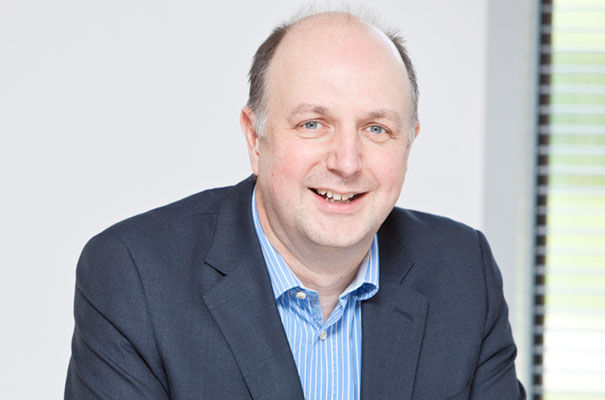In an all-Cambridge deal, F-star Therapeutics has lined up a huge payback from a licensing agreement with AstraZeneca.
AstraZeneca will receive global rights to research, develop and commercialise next generation Stimulator of Interferon Genes (STING) inhibitor compounds from F-star.
F-star is now eligible to receive upfront and near-term payments of up to $12 million. It will also be eligible for development and sales milestone payments of over $300m, as well as single digit percentage royalties.
Payments received by F-star are subject to a contingent value rights agreement under which a percentage will be payable to stockholders that were previously stockholders of Spring Bank Pharmaceuticals prior to the merger of the companies.
NASDAQ-quoted F-star is a clinical-stage biopharma company developing next generation bispecific immunotherapies to transform the lives of patients with cancer.
AstraZeneca will be responsible for all future research, development and commercialisation of the STING inhibitor compounds while F-star will retain rights to all STING agonists, currently in clinical development for patients with cancer.
Neil Brewis, chief scientific officer of F-star, said: “We are excited to announce this agreement with AstraZeneca to develop these promising drug candidates.
“STING inhibitors offer enormous potential for new treatments. STING is known to play a role in activating the innate immune system across a range of inflammatory and autoimmune diseases. We are confident that AstraZeneca can maximise the value of these discovery stage compounds to benefit patients.”
Maria Belvisi, senior VP and head of Research and Early Development, Respiratory & Immunology, BioPharmaceuticals R &D of AstraZeneca, added: “As part of our bold ambition to develop therapeutic options for patients across immune mediated diseases I am delighted to announce this agreement with F-star to explore novel STING inhibitors. We look forward to advancing our discovery efforts in these areas of high unmet medical need.”

